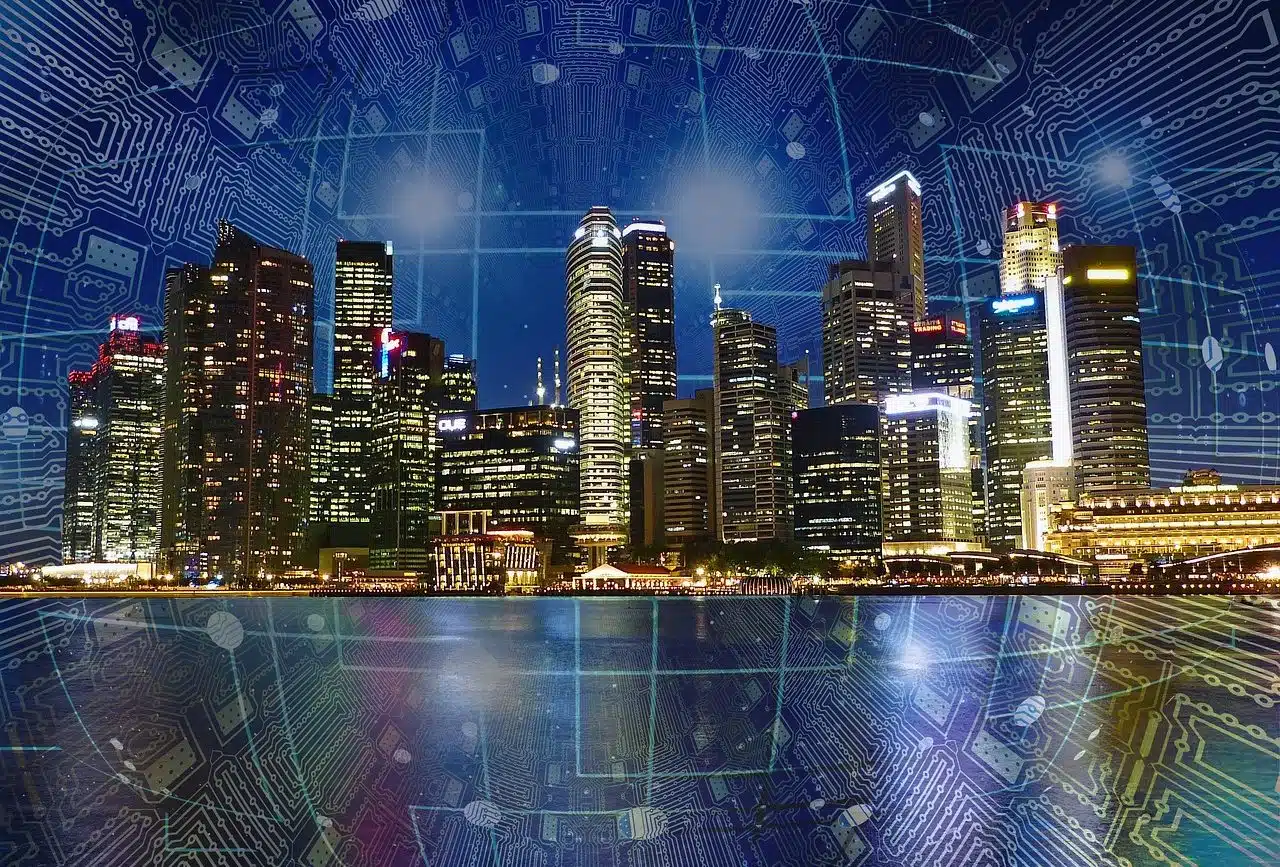
E-learning was a technological innovation that expanded the possibilities linked to education.
Technological innovation is the process carried out to design and create a new service, product or procedure, or improve existing ones , using technology . In this way, the result of the work represents an evolution or an advance.
It should be noted that the idea of innovation refers to developing or modifying a good to introduce it to a market. Technological , meanwhile, is that linked to technology : the set of knowledge and techniques whose application allows us to take advantage of scientific knowledge in a practical way.
It is important to emphasize that technological innovation, in addition to satisfying the needs of the population, contributes to the generation of wealth . That is why it is promoted by both the State and the private sector.
Technology innovation concept
Technological innovation involves appealing to science and creativity to devise novel artifacts or devices or to optimize the operation of those that already exist . It can also make it possible for a procedure to begin to develop with greater efficiency or speed.
Technological innovation can be understood as an evolution . Starting from a certain point, progress is made until specific progress is achieved or materialized.
Of course, what is defined as a technological innovation depends on the time. In the 15th century , when Johannes Gutenberg unveiled the printing press , this device was a great technological innovation. Today, in the 21st century , it is no longer so.
Likewise, today we consider augmented reality and the Internet of Things (IoT) , for example, to be technological innovations. In several decades, they will not be new and may even be outdated or outdated.

Smart cities are the result of various technological innovations.
Your benefits
Technological innovation generates numerous benefits. Some of them fall directly on those who achieved the innovation in question, while others benefit society as a whole .
It is common for technological innovation to facilitate the development of certain processes. In this way, agility and flexibility is gained and actions are carried out more efficiently .
Many times technological innovation also helps minimize costs . This is directly associated with greater efficiency, which in turn can be linked to better use of resources.
Those who achieved technological innovation, on the other hand, can access a greater number of consumers or users . Sometimes it even lands in new markets through advancement that allows it to differentiate itself from the competition.

Technological innovation is essential for the progress of robotics.
Types of technological innovation
Technological innovation can be classified in different ways according to its characteristics. When the new represents a break with respect to the preceding product or service, we speak of a radical technological innovation . This product results in a change in practices: people stop doing things in one way and begin to do them in another thanks to the innovation in question. An example is the digital camera , which ended up displacing the analog camera, so people stopped developing rolls or films and started storing images on computers or phones.
Disruptive technological innovation is similar, although its consequences are even more noticeable or accentuated. The creation of the automobile was a disruptive innovation : it not only forced the disappearance of other means of transportation, but also introduced activities and customs that had not existed until then, opening up new possibilities.
An incremental technological innovation , on the other hand, adds some benefit to an existing element. This change does not result in different procedures or totally different devices.
Today's advances
Currently there are various fields where technological innovations have been introduced or are underway. In this sense we can mention artificial intelligence , a field of computer science that is aimed at the imitation or reproduction of human intellectual capabilities by systems.
Through algorithms, it is achieved that computer programs can learn and resolve situations with a certain autonomy, dispensing with direct programming for this purpose. With artificial intelligence, for example, the notion of big data emerged: the automated processing and analysis of large amounts of data.
Machine learning , in this framework, is a branch of artificial intelligence that enables systems to learn from their own experiences. The scope of this technological innovation cannot even be imagined.
Chatbots and virtual assistants are other advances achieved with artificial intelligence. Users receive personalized assistance when using these resources.
Cloud computing is another technological innovation in full development . The so-called software as service (SaaS) , with which access to the program is via the Internet, is linked to this field.
Cryptocurrencies with blockchain are also a booming technological innovation. Unlike traditional money, it is a digital medium of exchange that uses cryptography to guarantee the security of transactions, with decentralized control.
Self-driving cars , 3D printing , drones and telemedicine are part of the technological innovations already established but with a wide margin for growth.
